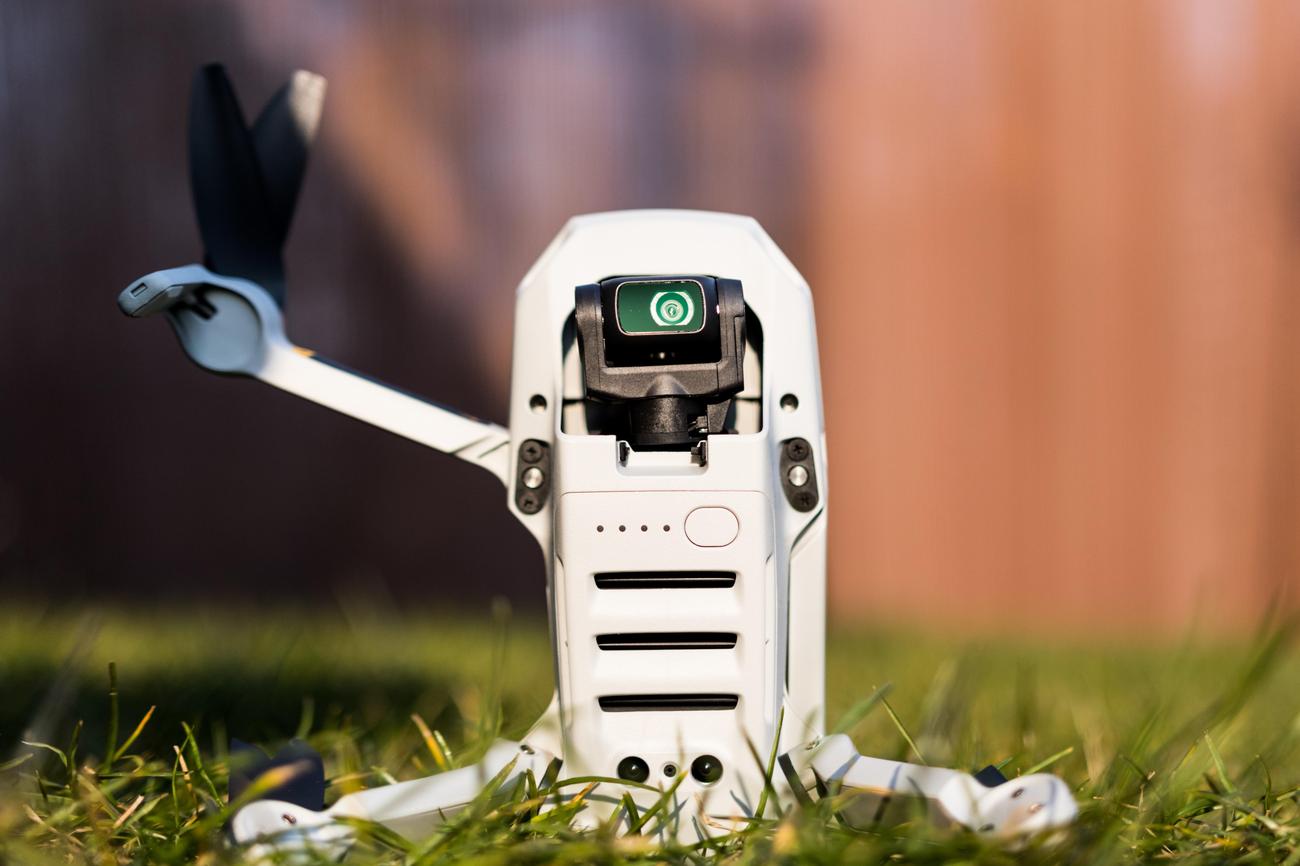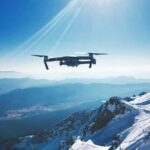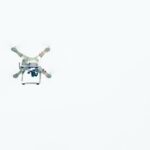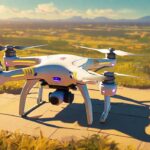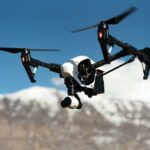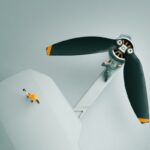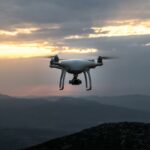Are you ready to take flight in the thrilling world of drones? Brace yourself for an exhilarating journey as we delve into the realm of these cutting-edge unmanned aerial vehicles. In this article, we will unravel the mysteries surrounding the different types of drones, exploring their awe-inspiring features and uncovering their countless use cases. Whether you’re an aspiring pilot, a tech enthusiast, or simply curious about the wonders of modern technology, join us as we soar through the skies and unlock the limitless potential of these remarkable machines.
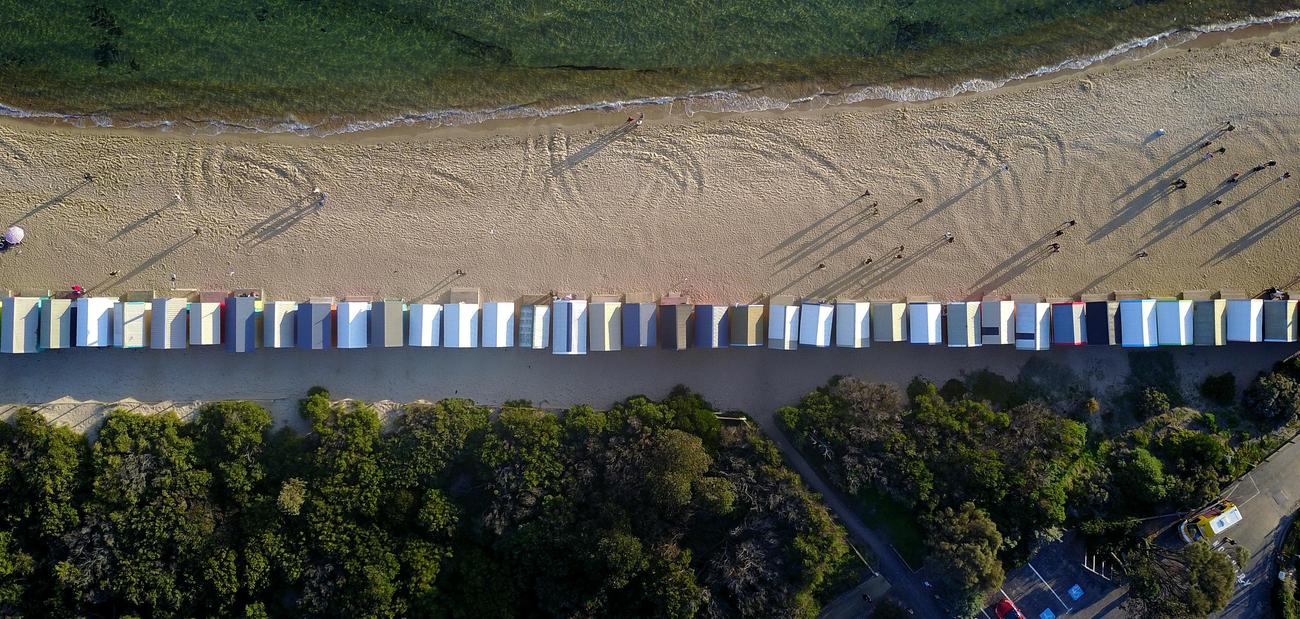
Types of Drones: Exploring Their Features and Use Cases
When it comes to drones, there is a diverse range of options available, each with its own unique capabilities and potential applications. In this article, we will delve into the world of types of drones and explore the features and use cases of these intriguing aerial vehicles.
Multirotor Drones: Hovering and Acrobatics
Let’s start our exploration with multirotor drones. These drones are equipped with multiple propellers, usually in a quadcopter configuration, although there are also hexacopter and octocopter variants.
What makes multirotor drones so popular is their ability to hover in place, thanks to their precise control of each individual propeller. This hovering capability makes them ideal for aerial photography and videography, as it allows for stable and smooth shots. Moreover, multirotor drones can perform acrobatic moves, turning the sky into their playground.
However, it’s important to note that multirotor drones come with some limitations. Due to their reliance on rotors for lift and maneuvering, their flight time is relatively short, usually ranging from 15 to 30 minutes. Additionally, they are not as efficient as other types of drones when it comes to covering larger distances quickly.
Key takeaway: Multirotor drones are perfect for capturing stunning aerial shots and performing exciting aerial maneuvers. However, their flight time is limited, and they are more suitable for shorter-distance operations.
Fixed-Wing Drones: Mapping and Surveillance
Moving on, let’s talk about fixed-wing drones. These drones are designed with a single rigid wing, similar to traditional airplanes. The primary advantage of fixed-wing drones is their ability to fly longer distances at faster speeds compared to their multirotor counterparts.
Fixed-wing drones are commonly used for tasks that require covering large areas, such as aerial mapping, surveillance, and even package delivery. Thanks to their efficient aerodynamics, they can stay airborne for hours, allowing for extended flight times and broader coverage.
It’s worth noting that fixed-wing drones require more space for takeoff and landing, as they cannot hover in place like multirotor drones. Additionally, operating fixed-wing drones demands skilled piloting and a specific landing area, either a runway or a designated landing zone.
Key takeaway: Fixed-wing drones excel at covering large distances quickly and efficiently, making them a preferred choice for aerial mapping, surveillance, and long-duration missions. However, they require ample space for takeoff and landing and demand skilled piloting.
Single Rotor Drones: Payload Capacity and Versatility
Next on our list are single rotor drones, which bear resemblance to helicopters in terms of their design and smooth flight capabilities. These drones are commonly employed in industries such as agriculture, search and rescue missions, and military operations.
One of the main advantages of single rotor drones is their ability to carry heavier payloads. This makes them suitable for tasks that require lifting and transporting equipment or supplies. Additionally, they are known for their stability and versatility, allowing them to maneuver effectively in challenging environments and adverse weather conditions.
However, it’s important to consider that single rotor drones come with some drawbacks. Their complex mechanical structure requires more maintenance and training, making them less accessible to casual users. Furthermore, their larger size and higher cost may limit their suitability for certain applications.
Key takeaway: Single rotor drones offer excellent payload capacity and versatility, making them ideal for agriculture, search and rescue missions, and military operations. However, their complexity and higher costs may restrict their accessibility.
Hybrid Drones: Flexibility and Efficiency
Last but not least, we have hybrid drones, which combine features from both fixed-wing and multirotor drones. This innovative design provides the best of both worlds, offering the flexibility of vertical takeoff and landing (VTOL) like multirotor drones, as well as the efficiency and extended flight range of fixed-wing drones.
Hybrid drones are particularly well-suited for exploration, research, and innovative applications. They can effortlessly transition between hovering and forward flight, allowing for precise maneuvering and efficient coverage of larger areas. This makes them valuable tools for tasks such as environmental monitoring, wildlife surveys, and infrastructure inspections.
While hybrid drones provide many benefits, they also have their considerations. The complexity of their design and control systems may require more advanced knowledge and expertise. Additionally, the hybrid technology comes at a higher cost compared to other drone types, which may limit their availability for certain budgets.
Key takeaway: Hybrid drones offer the flexibility of vertical takeoff and landing combined with the efficiency of fixed-wing flight. They are ideal for exploration, research, and innovative applications, although they require advanced knowledge and come at a higher cost.
In conclusion, the world of drones is rich and diverse, with each type of drone offering its own set of features and use cases. Multirotor drones excel in hovering and acrobatics, fixed-wing drones cover large distances efficiently, single rotor drones carry heavy payloads in challenging conditions, and hybrid drones provide a balance between flexibility and efficiency.
Understanding the unique strengths and weaknesses of each drone type is essential in choosing the right tool for the task at hand. Whether it’s capturing breathtaking aerial images, conducting surveillance operations, aiding in rescue missions, or pushing the boundaries of exploration, drones continue to evolve and offer endless possibilities.
Remember: Each type of drone has its own set of capabilities and limitations, so make sure to select the drone that best suits your specific requirements and budget. Happy flying!
Drones are fascinating pieces of technology that have seen a tremendous rise in popularity in recent years. They offer unique opportunities for both recreational and professional use, capturing breathtaking aerial footage and aiding in various tasks. If you’re curious to learn more about these incredible devices and explore the world of drones, we’ve got you covered. Check out our comprehensive information about drones for a deep dive into their functionality, features, and how they are transforming industries. Discover the endless possibilities that come with owning and operating a drone and get ready to embark on an exciting journey. Read up on drones today! Info about Drones
FAQ
Question 1
What are the main types of drones?
Answer 1
There are four main types of drones: multirotor, fixed-wing, single rotor, and hybrid.
Question 2
What are multirotor drones commonly used for?
Answer 2
Multirotor drones, which have multiple propellers, are popular for photography, racing, and toy drones.
Question 3
What are fixed-wing drones used for?
Answer 3
Fixed-wing drones, with a single rigid wing, are used for mapping, surveillance, and delivery.
Question 4
What are the applications of single rotor drones?
Answer 4
Single rotor drones, resembling helicopters, are used for agriculture, rescue, and military purposes.
Question 5
What are the features of hybrid drones?
Answer 5
Hybrid drones combine features of fixed-wing and multirotor drones and are used for exploration, research, and innovation. They offer the flexibility of vertical takeoff and landing with the efficiency of fixed-wing flight.
- Unveiling the Enigma: Mansoureh Khojasteh Bagherzadeh’s Public Appearances & Private Life in Iran - July 18, 2025
- Unveiling the Mystery: Mansoureh Khojasteh Bagherzadeh’s Husband: A Rare Glimpse into a Private Life - July 18, 2025
- Unveiling Masoud Khamenei’s Mother: Power, Influence, and Iran’s Future - July 18, 2025
